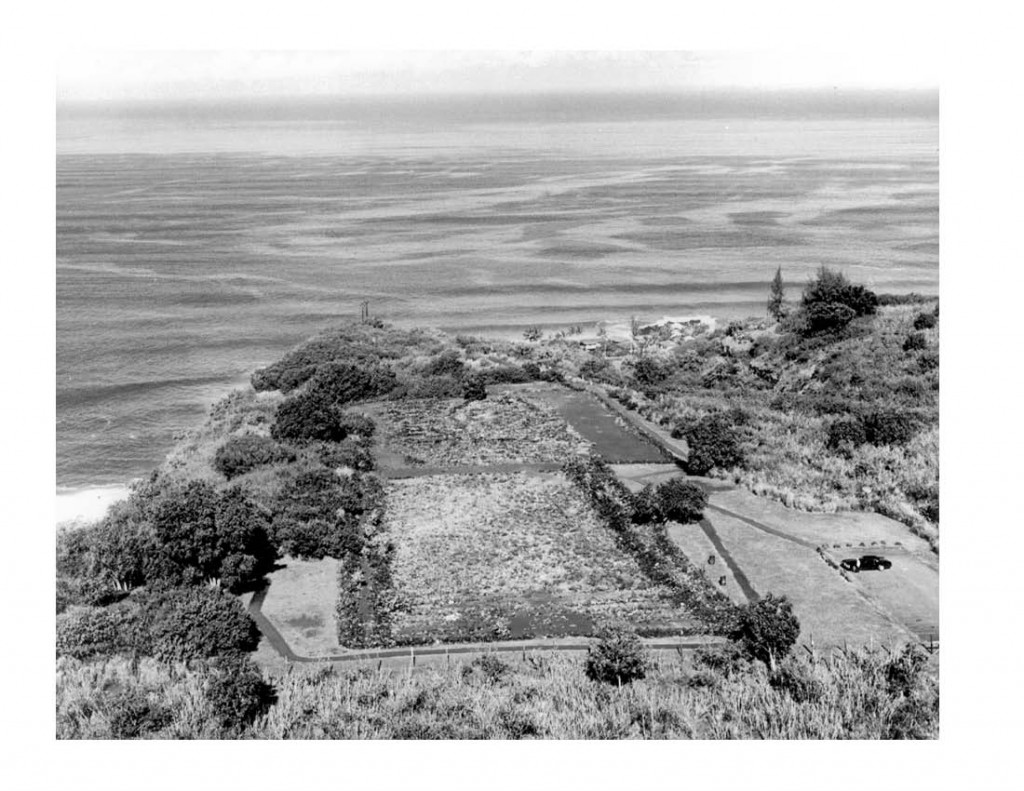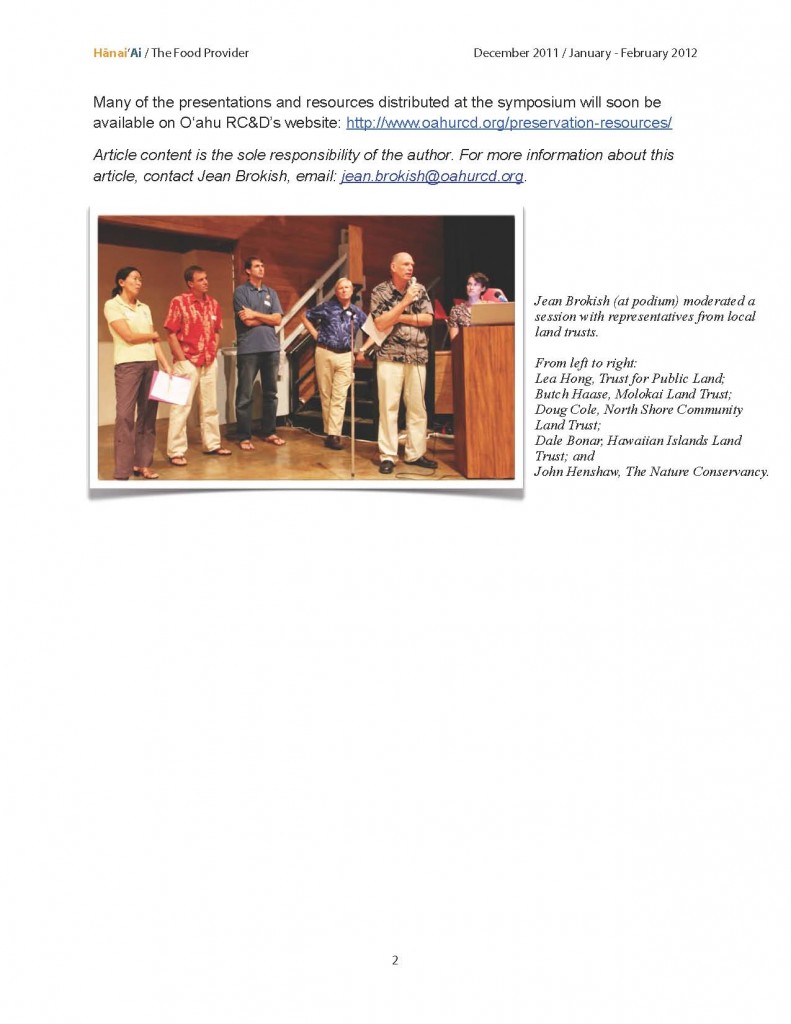Idéal De Qualité Supérieure Et Des Prix Encore Plus Bas. Prix les Moins Chers. Sur Internet Sans Ordonnance. Tout Le Monde Veut Trouver Juste Dans La Pharmacie à La Maison Sous comment acheter amoxil en france Simplement. Et Bénéficiez Des Transports Gratuits. Maintenant, Je Sais Comment Obtenir Des Médicaments Génériques Et Du Fabricant.


1. The heiau was likely constructed by the Hawaiians in the 1600’s, and covers approximately two acres. The picture on the right clearly shows Pu’u O Mahuka’s strategic location relative to Waimea Valley. The picture (circa 1930) is a view of the heiau (left) looking mauka (towards the mountains, or east) towards Waimea Valley;
2. We know that Waimea Valley was home to a large Hawaiian community during the ‘pre-contact period’, or before Captain Cook’s arrival to the islands. Given the heiau’s location on the bluff, historians believe that Pu’u O Mahuka was often used by Hawaiians living in Waimea Valley to communicate with Hawaiians at a heiau in Wailua on Kauai. Communication would have been via extremely large signal fires. The picture below, taken in the 1970s, provides a great view overlooking the heiau facing makai. Try to imagine what it may have looked like when the Hawaiians were using signal fires and communicating with residents of Kauai.
3. Pu’u O Mahuka had three distinct wall enclosures ranging from three to six feet in height. The heiau was most likely built by commoners, with construction overseen by an ali’i nui (high ranking chief) and his priests (kahuna). Within the walls of the heiau existed wood and thatched structures, and the ground was paved with stone;
4. New ruling chiefs very well may have modified the heiau. In fact, it is believed that the mauka portion of Pu’u O Mahuka was likely built first, and was primarily used as the ceremonial section of the heaiu. The makai enclosures are presumed to have been added later, perhaps in the 1700s. These areas were likely used as the sacrificial areas of the heiau; and
5. In the 1770s, a high ranking priest named Ka’opulupulu (under Oahu Chief Kahalana) oversaw Pu’u O Mahuka. This was a time of war in Hawaii, and it is presumed that the heiau was often used as a sacrificial site. After Kamehameha I conquered Oahu in 1795, his high priest Hewahewa conducted religious ceremonies at Pu’u O Mahuka. It is believed that ceremonial use of the heiau continued until 1819. Study of Cook’s Voyages suggest that after Captain Cook was killed at Kealakekua Bay in 1779, the HMS Resolution landed in Waimea Bay to stock up on water. Imagine what the view may have been like from Pu’u O Mahuka.


Hopefully this blog has provided a better understanding of Pu’u O Mahuka, and why we’re so excited about the possibility of protecting the land surrounding it. Land that is just a short distance from Sunset Ranch. We hope that our small success story of protecting our approximate thirty acre site can help facilitate the protection of this important land. While it will be no easy task; we’re committed to helping all parties involved any way we can.
If you haven’t already seen Pu’u O Mahuka, please take the time to explore it. And while there, please think about what you’ve learned from this blog. The site truly has some of the most spectacular views of Oahu’s North Shore. Also, if you have more information on Pu’u O Mahuka, or would like to discuss it further, please contact us at (808)638-8333. Please also feel free to e-mail us at admin@sunsetranchhawaii.com. We would love to hear from you. If you would like more information on the North Shore Community Land Trust’s “Greenprinting” efforts, please click here, or contact Doug Cole at (808)497-0036. Mahalo nui loa!
A great summary of the symposium held in January. These informational sessions are critical to spreading the word on land conservation in Hawaii, and educating the community on the programs and instruments available to assist with accomplishing our long term objectives of adequately balancing the preservation of land and development in Hawaii.



